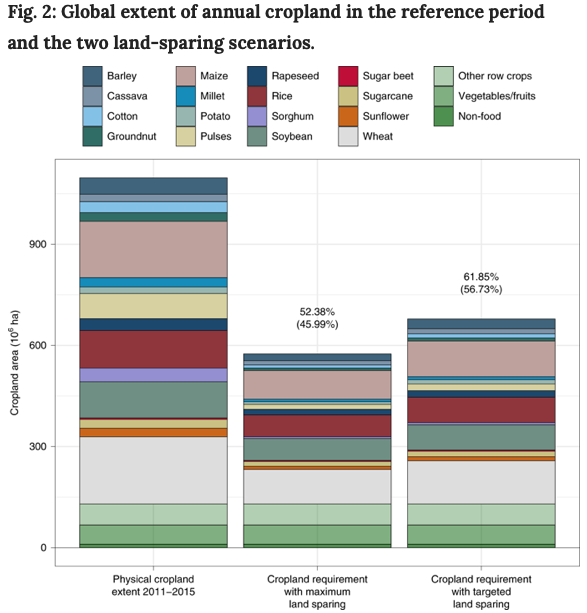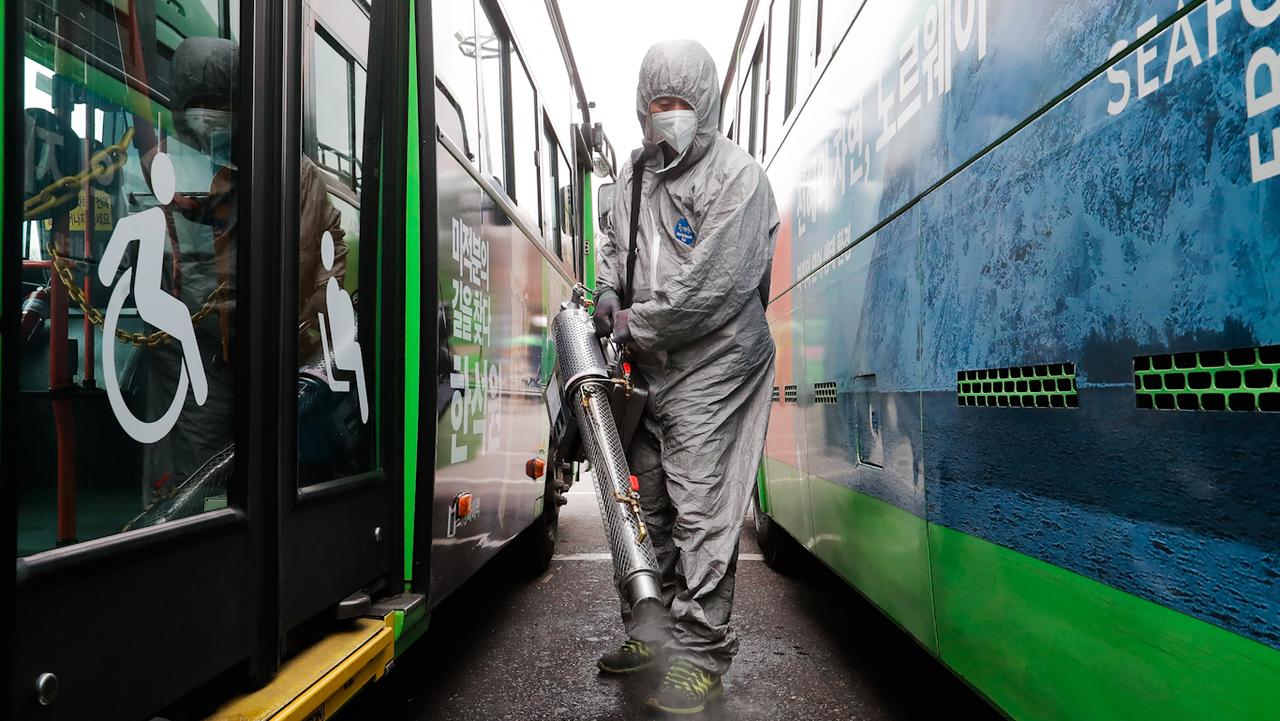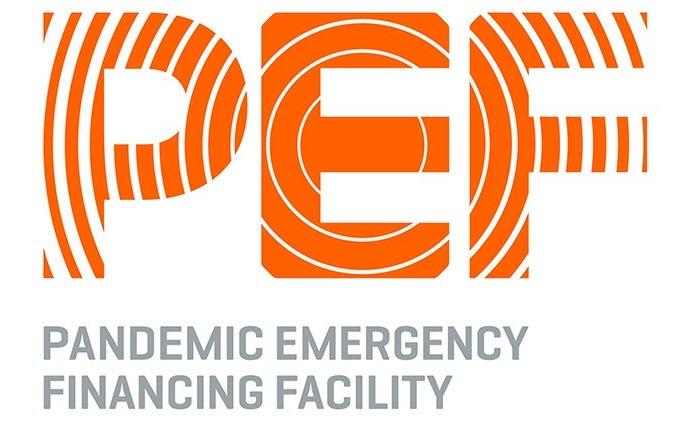Please enjoy the latest edition of Short Circuit, a weekly feature from the Institute for Justice.
“As people in lockdown take clippers to their own shaggy hair, they are learning that cuts from unlicensed stylists are not a health hazard—even if the results underscore the wisdom of leaving the job to a market-tested professional.” So writes IJ Senior Attorney Paul Sherman in the pages of The Atlantic, making the case for permanently scrapping unnecessary red tape. Click here to read it.
New on the Short Circuit podcast: 20 years of harassment over court debt, completed misdemeanors; and jail debit cards. Click here for Apple Podcasts.
- Man is convicted of 1970 Washington, D.C. murder on the strength of testimony from two friends who said he confessed and an FBI agent’s hair microscopy analysis, the latter of which the FBI now admits is junk science. (The man escapes from prison in 1978 and isn’t recaptured until 2006.) Set aside his murder conviction? Indeed, says two-thirds of a D.C. Circuit panel: As we said when we first reviewed the case in 1973, the friends were quite likely unreliable. So the hair evidence was material.
- Military judge presiding over 9/11-related military-commission trials served as a counterterrorism lawyer for nine months in 2014 and, in 2007 and 2008, twice participated on an endurance race team with one of the prosecutors. None of which is enough to require the judge’s recusal, holds the D.C. Circuit. Mandamus denied.
- To receive SSI benefits, one must live in one of the 50 states, D.C., or the Northern Mariana Islands. Feds: So man who moved from New York to Puerto Rico and continued collecting must pay back $28k (even though, per the Jones Act of 1917, Puerto Ricans are U.S. citizens). First Circuit: There is no rational basis for denying benefits to Puerto Ricans. Indeed, Puerto Ricans pay more federal taxes than the residents of six states.
- Woman creeps people out at Saco, Maine grocery store on multiple occasions over several years but is never violent—until she stabs an elderly shopper to death. Was the murder foreseeable such that the grocery store must pay damages? The First Circuit says no.
- South Boston residents participating in bizarre local custom—a keg party on St. Patrick’s Day—draw the ire of a neighbor, who summons police. The police suspect underage drinking and enter the apartment through an open door. (Officers say their knocks were drowned out by the loud music.) Jury: That is not unlawful entry. District court: No, it is. Three officers must pay $1 each. First Circuit: Nope. Qualified immunity.
- Vocal 12-year-old Trump supporters sue Newsweek for defamation after the magazine runs an article titled “Trump’s Mini-Mes,” in which a journalism professor criticizes the use of children as political spokespeople for what he characterizes as “raw racism and sexual assault.” Third Circuit: “Every contested statement in Newsweek’s article is an opinion, label, or speculation based on disclosed facts and alleges no specific wrongdoing. Such statements cannot defame.”
- Pennsylvania gov’t investigators use an invalid subpoena to get a Penn State employee’s work emails. She sues them, alleging a violation of a 1980s anti-hacking law called the Stored Communications Act. Third Circuit: No dice! Penn State turned over the emails voluntarily; nobody broke into a computer. Dismissal affirmed.
- In 1985, woman’s body is found in the Rappahannock River tied down with a cinder block and 10 miles upstream of where defendant’s boat had been seen docked four days previously. In 1986, defendant is convicted of the murder on the strength of (among other things) now-discredited hair microscopy analysis and a marine scientist’s testimony that the body could have traveled the 10 miles. In 2016, a box of undisclosed evidence is discovered that contains (among other things) an FBI report estimating the body could have moved only 500 to 600 yards. Fourth Circuit: The man (who’s been out on parole since 2017) can challenge his conviction. (Click here for some long longform journalism.)
- The latest in the quickly evolving COVID-related litigation about temporarily halting abortions: After much volleying among courts, the Fifth Circuit says two kinds of abortions may now be conducted in Texas: medication abortions and surgical abortions for women whose pregnancies will be past the legal limit for abortion when the governor’s order ends. Next door in Oklahoma, there’s less back-and-forth: The Tenth Circuit will not review a district court’s order allowing medication abortions and surgical abortions for women whose pregnancies will be past the legal limit for abortion when the governor’s order ends.
- Economist for BP breaks bad, pretends to be a hacker who has stolen sensitive data, and demands 125 bitcoins in ransom (then approximately $340k). BP contacts the FBI and, with help from BP’s 44-member digital-security team, identifies the culprit, who is sentenced to 27 months in prison. Is he also liable for BP’s $552k in investigatory expenses? Fifth Circuit: Maybe in tort, but not under the Mandatory Victims Restitution Act’s residual clause, which deals with the sort of expenses incurred while missing work. “Think about it: The costs of a babysitter, a tank of gas, a parking meter—and a 44-person digital security team. One of these things is not like the others.”
- Fired by its personal-injury clients for missing discovery deadlines, failing to disclose an expert, and making an unauthorized settlement demand, law firm demands its fair share of the eventual settlement proceeds. Eighth Circuit: And you’ll get your fair share. Don’t spend the $0 all in one place.
- In 1873, the Supreme Court all but redacted the Privileges or Immunities Clause from the Constitution—save for holding that the clause protects (among a very few other things) citizens’ right to use the navigable waters of the United States. Citizen: I would like to operate a private boat service on a navigable waterway, Lake Chelan in Washington state, to bring customers 55 miles to my resort that is unreachable by road. And the state has barred me from doing that for over 20 years solely to protect a ferry service it gave an exclusive franchise to (in 1929) from competition. A violation of the Privileges or Immunities Clause? Ninth Circuit (2013): We’re not sure the state is actually preventing you from operating. Go back to state court to make sure. Ninth Circuit (2020): Actually, you didn’t need to go back to state court. The proposed service doesn’t cross state lines, so you lose. (This is an IJ case. For a lovingly crafted longform podcast on the saga, click here.)
- In 2007, after extensive negotiations, federal prosecutors reached a secret non-prosecution agreement with Jeffrey Epstein, who sexually abused more than 30 minor girls between 1999 and 2007. (In exchange for immunity from federal prosecution, Epstein pleaded guilty to state crimes, spent parts of 13 months in jail.) Did prosecutors’ failure to apprise victims of the negotiations and the agreement—indeed, they took steps to conceal it—violate the victims’ right to be treated with “fairness” and “dignity,” as required by the federal Crime Victims’ Rights Act of 2004? Two-thirds of an Eleventh Circuit panel says no; CVRA rights don’t kick in until criminal proceedings have been initiated.
- Arrested on suspicion of drunk driving, Florida woman blows 0.00 on two breathalyzer tests but is nevertheless detained for eight hours under Seminole County Sheriff’s Department policy. A Fourth Amendment violation? Eleventh Circuit: Might could be; the claim against the sheriff should not have been dismissed.
Since Prohibition times, the Supreme Court has said (wrongly) that the Fourth Amendment does not protect “open fields,” permitting law enforcement to traipse across private property without a warrant or probable cause. So does Terry Rainwaters, who lives, farms, and hunts on 136 acres along the Big Sandy River in Tennessee, have to put up with state wildlife officials trespassing on his land to put up surveillance cameras (in hopes of finding evidence of illegal hunting practices)? Not at all! This week, Terry and IJ filed suit in Tennessee state court, where the open fields doctrine has been rejected repeatedly. Click here to learn more.
from Latest – Reason.com https://ift.tt/3bhABLz
via IFTTT



